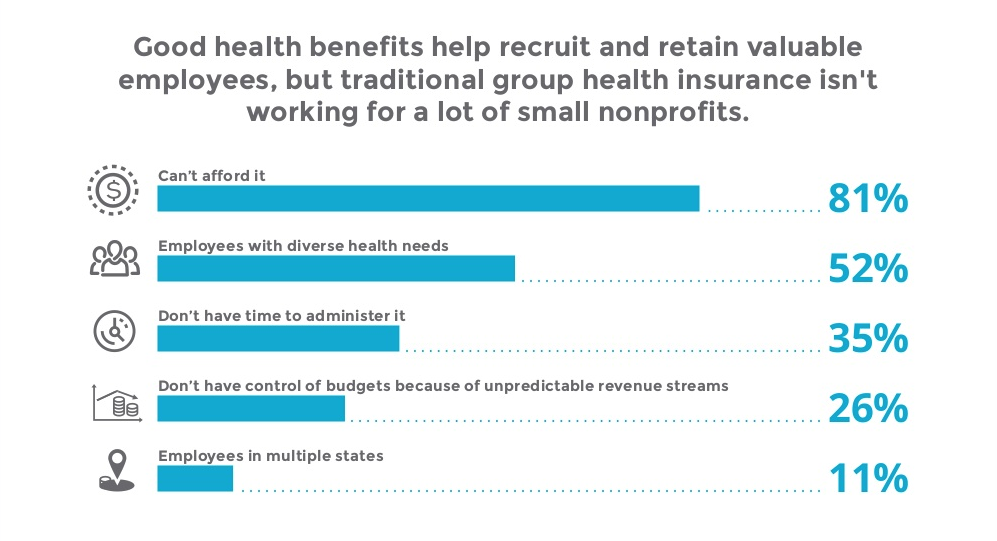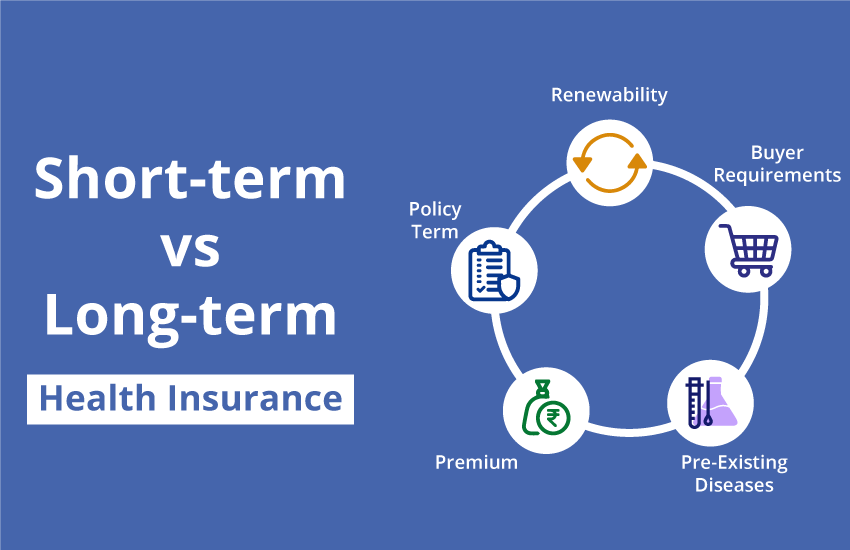The Greatest Guide To Medicare Advantage Agent
Medicare Advantage Agent Fundamentals Explained
Table of ContentsNot known Facts About Medicare Advantage AgentOur Medicare Advantage Agent StatementsGet This Report about Medicare Advantage Agent

adheres to from puzzling the relatively young age account of the without insurance with the better wellness, generally, of younger individuals. This obscures the web link between health and wellness status and medical insurance. For those without accessibility to work environment medical insurance, poor wellness is a prospective obstacle to purchasing nongroup insurance coverage because such coverage might be highly priced, omit pre-existing conditions, or be merely unavailable. The variety of uninsured Americans is not particularly huge and has actually not changed in the last few years. 7 out of ten respondents in a nationally representative study thought that less Americans lacked medical insurance than actually do(Fronstin, 1998). Roughly half(47 percent )thought that the variety of individuals without health insurance policy decreased or stayed constant over the last fifty percent of the last decade(Blendon et al., 1999). This drop of virtually 2 million in the variety of people 'without insurance coverage (a decrease
of about 4 percent)is absolutely a favorable change. With a softer economic climate in 2000 the most recent reported gains in insurance protection may not proceed(Fronstin, 2001 ). The decrease in the variety of uninsured will certainly not continue if the economic climate continues to be sluggish and wellness treatment costs proceed to outmatch rising cost of living. This is due to the fact that the information were accumulated for a period of strong economic performance. Of the estimated 42 million individuals that were without insurance, all yet regarding 420,000(about 1 percent)were under 65 years old, the age at which most Americans come to be eligible for Medicare; 32 million were grownups in between ages 18 and 65, about 19 percent of all grownups in this age; and 10 million were youngsters under 18 years old, regarding 13.9 percent of all kids (Mills, 2000). These estimates of the number of persons without insurance are produced from the annual March Supplement to the Present Populace Study (CPS), conducted by the Demographics Bureau. Unless or else kept in mind, national price quotes of people without medical insurance and percentages of the populace with various kinds of protection are based upon the CPS, the most extensively made use of source of estimates of insurance coverage and uninsurance rates. These surveys and the estimates they generate are defined briefly in Table B. 1 in Appendix B - Medicare Advantage Agent. These studies differ in size and tasting approaches, the concerns that are inquired about insurance
The Best Strategy To Use For Medicare Advantage Agent
protection, and the time duration over which insurance protection or uninsurance is measured(Lewis et al., 1998, Fronstin, 2000a ). Still, the CPS is specifically useful since it creates annual estimates fairly quickly, reporting the previous year's insurance coverage estimates each September, and due to the fact that it is the basis for a regular collection of quotes for even more than 20 years, permitting analysis of fads in coverage with time.

About Medicare Advantage Agent
The relationship between health and wellness insurance policy and access to care is well established, as documented later in this chapter. The relationship between wellness insurance policy and wellness outcomes is neither straight neither easy, a considerable clinical and health solutions study literary works web links health and wellness insurance policy protection
to improved enhanced accessibility care, better much betterTop quality and improved enhanced individual population populace health and wellnessStanding The 2nd report, on individual health outcomes for uninsured grownups, is stood for by the inner circle of the figure, while the 3rd report, on household well-being, includes the topics of the 2nd record however highlights a various system of analysis, namely, the family.
It concentrates particularly on those without any type of health insurance policy for any kind of length of time. The troubles encountered by the underinsured are in some aspects similar to those faced by the uninsured, although they are generally less extreme. Uninsurance and underinsurance, however, involve noticeably different plan problems, and the methods for addressing them may vary. Throughout this research study and the 5 records to follow, the major focus is on individuals with no medical insurance and hence no support in paying for healthcare beyond what is available through charity and safety and security net institutions. Health insurance coverage is a powerful factor impacting invoice of care due to the fact that both individuals and medical professionals react to see the out-of-pocket price of solutions. Health and wellness insurance policy, however, is neither needed neither enough to access to clinical solutions. Nonetheless, the independent and direct impact of health
insurance coverage on accessibility to health solutions is well developed. Others will certainly obtain the healthcare they need even without medical insurance, by paying for it out of pocket or seeking it from companies who use treatment totally free or at extremely subsidized prices. For still others, health and wellness insurance coverage alone does not make sure invoice of treatment due to various other nonfinancial obstacles, such as an absence of healthcare providers in their neighborhood, minimal access to transport, illiteracy, or linguistic and social distinctions. Formal research about uninsured populations in the USA dates to the late 1920s and early 1930s when the Board on the Expense of Medical Treatment created a collection of records concerning financing doctor office gos to and hospital stays. This issue came to be significant as the varieties of clinically indigent climbed during the Great Anxiety. Empirical studies consistently sustain the link between accessibility to care and improved health and wellness results(Bindman et al., 1995; Starfield, 1995 ). Having a routine source of care can be thought about a forecaster of gain access to, instead of a direct measure of it, when health and wellness end results are themselves used as access indications. This extension of the notion of accessibility dimension was made by the IOM Committee on Keeping Track Of Access to Personal Healthcare Solutions(Millman, 1993, p. Whether or not moms and dads are guaranteed shows up to impact whether or not their children obtain treatment along with just how much careeven if the youngsters themselves have coverage(Hanson, 1998). The health of moms and dads can affect their ability to care for their youngsters and the level of family tension. Stressing over their children's accessibility to care is itself a source of stress and anxiety for moms and dads. 3 phases comply with in this report. Phase 2 gives an introduction of just how employment-based medical insurance, public programs and specific insurance plan run and engage to provide considerable yet insufficient coverage of the united state population. This includes a testimonial of historical trends and public laws impacting both public and private insurance policy, a discussion of the interactions amongst the various types of insurance policy, and an assessment of why people relocate from one program to an additional or finish up
